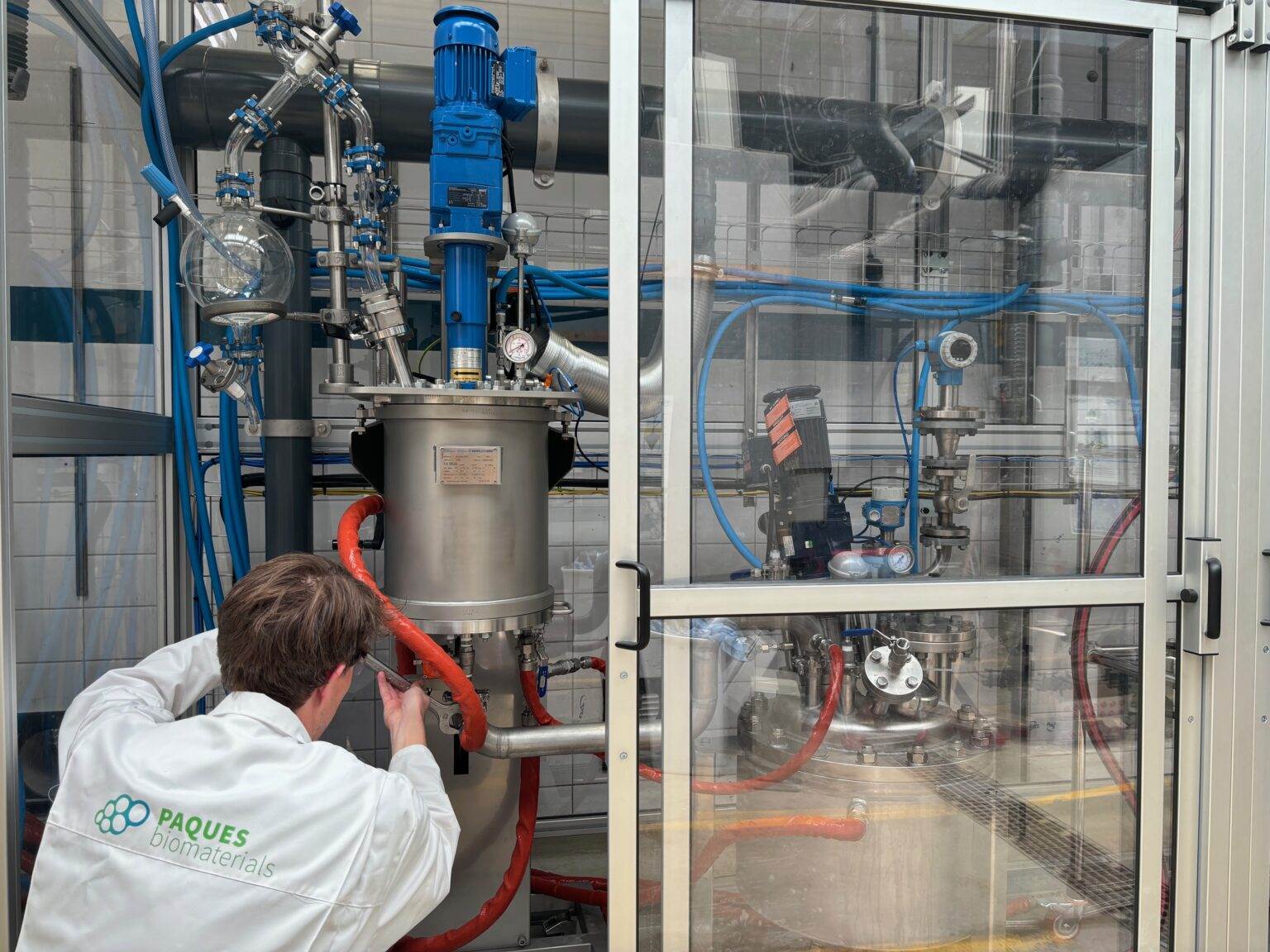Mixed results from the Renewable Carbon Textile Project

Fashion for Good has published the key findings from its Renewable Carbon Textile Project, which it set up to test the technical feasibility of PHA polymer and composite resins to make mono and multifilament fibres.
With funding from Laudes Foundation and backing from brands Bestseller, Norrona, PVH and the fabrics division of WL Gore & Associates, it wanted to see whether renewable carbon sources (such as biomass and CCU-based polymers) could serve as an alternative to polyester.
PHA (Polyhydroxyalkanoates) polymers produced through a bacterial fermentation process using waste feedstocks could offer a renewable solution to replace petrochemical materials but require further development to produce fibres. PHA polymers can biodegrade in the marine environment and compost environments.
The project focused on lab-scale trials using the PHA polymer pellets produced by Danimer Scientific, IBANNS, Fullcycle Bioplastics, Paques Biomaterials and Aircarbon.
The results demonstrated while it was possible to make monofilament fibres using a 100% PHA polymer, blending with other biopolymers was necessary to improve the performance. NIRI was able to produce multifilament yarns using some of the innovators’ resins but further technology developments will be necessary to improve the melt drawability (the ability of a polymer to be made into a filament) and avoid breakages.
The partners concluded that blends with other biopolymers might improve the heat sensitivity and the tackiness of the fibres, ultimately improving spinnability; end-of-use testing will needed to assess whether the final resins (likely a blend of biopolymers) are marine degradable and home compostable; and more trials are needed for brands to decide possible future applications and acceptable blends for PHA.
“As it stands, it seems like 100% PHA is not looking promising for fibre applications,” concluded Fashion for Good.
Image: Paques Biomaterials






